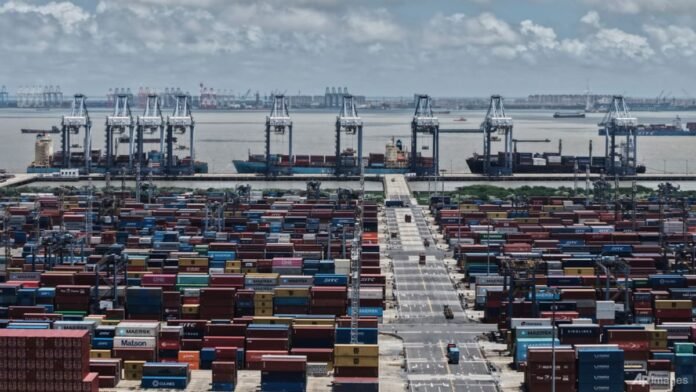U.S. and China are clamping down on each other by raising port‑handling fees in a fight that could spill over into global shipping lanes. The two powers have started a new round of “tariffs” on the services that keep cargo moving through ports, and the spike in costs could make goods more expensive for customers around the world.
The U.S. has announced higher charges for vessels that use a handful of key ports on the East Coast and in the Gulf of Mexico. The goal is to pressure China to lower its own fees and to cover the cost of maintaining U.S. port infrastructure. Meanwhile, China has raised fees on ships that dock at major East Asian hubs, citing the need to regulate the flow of dirty cargo.
These changes are not just price hikes. They signal a broader trade tension that could ripple across supply chains. Shipping companies already face tight margins; extra fees stack up into large operating costs. The higher prices could be passed on to consumers, raising the cost of everyday goods.
The move also raises concerns for maritime security. If traffic slows or diversifies because of the new charges, navigation through busy shipping lanes could become riskier. In addition, if the two sides keep at it, ships may need to take longer routes to avoid high‑fee ports, further increasing fuel use and greenhouse‑gas emissions.
Analysts warn that the cost pressures could spark more aggressive moves from China and from other countries in the region who are worried about their own ports. The situation is still developing, but many companies are watching closely for a sign that these fee hikes will become permanent or will spread to other ports.
For consumers, the main takeaway is that shipping costs have started climbing. If the trend continues, the price of imported items may rise even further, turning regular purchases into a little more expensive. Shipping firms and port authorities are trying to find a balance: keeping costs down while covering the expenses that keep ships moving safely and efficiently.
In a world that depends on global trade, any shift in how cargo is handled at port gates can have far‑reaching effects. As U.S. and China reinforce their positions, the global supply chain remains on edge, waiting to see whether higher port fees will stay or reverse in the next diplomatic round.
Stay informed on all the latest news, real-time breaking news updates, and follow all the important headlines in world News on Latest NewsX. Follow us on social media Facebook, Twitter(X), Gettr and subscribe our Youtube Channel.



